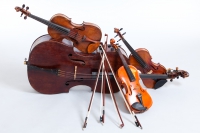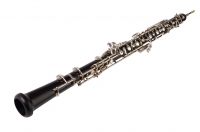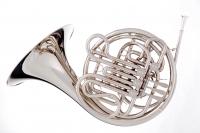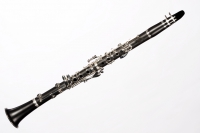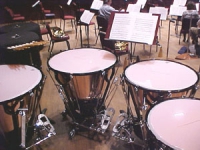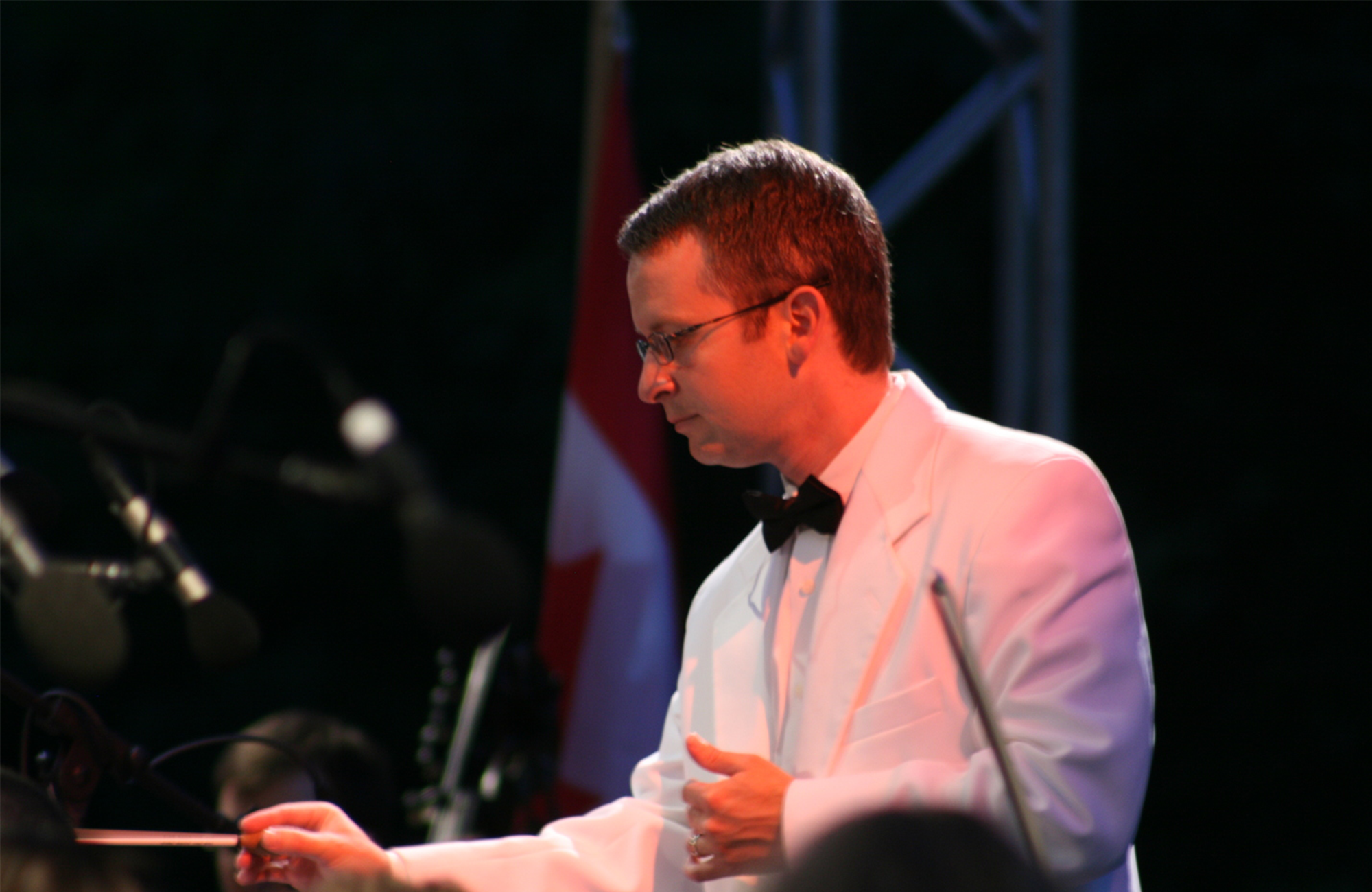
TRAVIS NEWTON
conductor
From conducting Broadway musicals in such venues as the Kodak Theater in Los Angeles to leading summer orchestral performances for thousands of concert-goers across Central New York, Travis understands and facilitates the important connection between audience members and orchestral musicians.
As a guest conductor with the Syracuse Symphony Orchestra and Central New York’s new professional orchestra, Symphoria, Travis has led performances of a wide variety of repertoire, including Pops, Classical and Film music. He has also collaborated with well-known composers, including conducting the world premiere of Academy Award-nominated composer Patrick Doyle’s score for the silent film “IT” at the 2013 Syracuse International Film Festival.
Currently, Travis is Assistant Professor and director of the arts administration program at Le Moyne College in Syracuse, NY, where he also conducts the Le Moyne College Chamber Orchestra. He studied violin performance and conducting at the University of North Carolina at Greensboro and also holds an MBA from Le Moyne College.
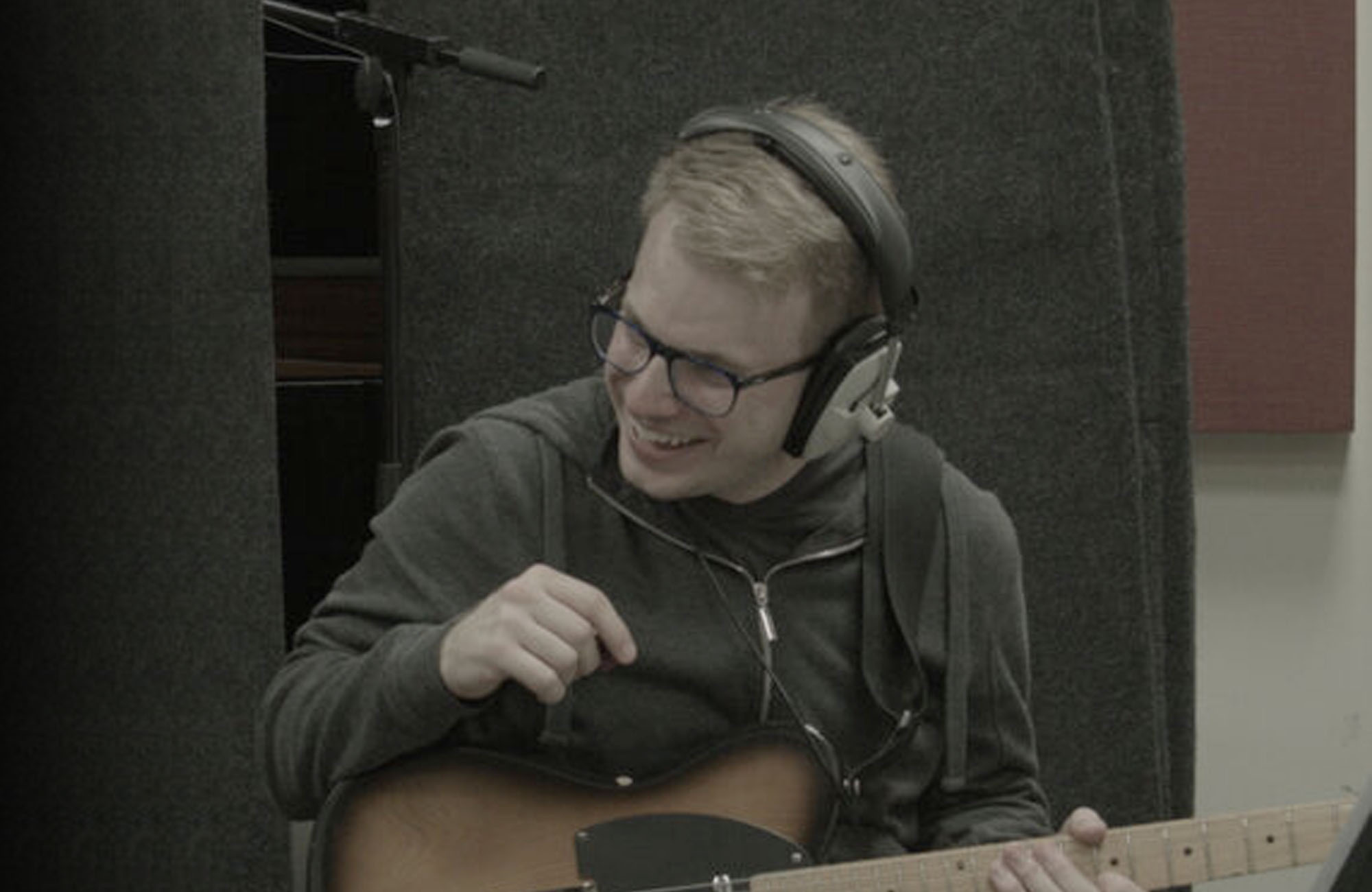
CHIS CRESSWELL
narrator
A composer, songwriter, educator, guitarist, and radio host, Chris Cresswell is a curious musician whose work betrays his affection for sonic wanderlust. With an ear that incorporates all sorts of sounds, from field recordings to a singer/songwriter at an open mic night, Cresswell’s music “… blurs the boundaries between industrial and organic, soothing and suspenseful, and introspective and anxious” (International Clarinet Association) and “…is not really my thing, but it’s cool to hear him on the radio.” (his Mom). Having once shared the stage with a Pulitzer Prize winning poet and a Top 40 country star (two different occasions), Cresswell’s music has been heard in coffee shops, concert halls, and venues around the world, from chic Brooklyn venues like Areté Venue and Gallery and The Firehouse Space, to Birmingham, Englands’s renown Symphony Hall and the Paleis voor Schone Kunsten in Brussels.
He currently teaches music composition at Onondaga Community College, is the founder of One Mic Project, a music education business that offers private and group lessons, and can be heard on WCNY-FM (91.3 FM, Syracuse or www.wcny.org/radio) on Wednesday mornings from 6 am to 10 am.
PROGRAM
WOLFGANG AMADEUS MOZART
Eine Kleine Nachtmusik (Mvt. 1 – Allegro)
Listen HERE
SERGEI PROKOFIEV
Peter & The Wolf
Listen HERE
ABOUT THE PROGRAM
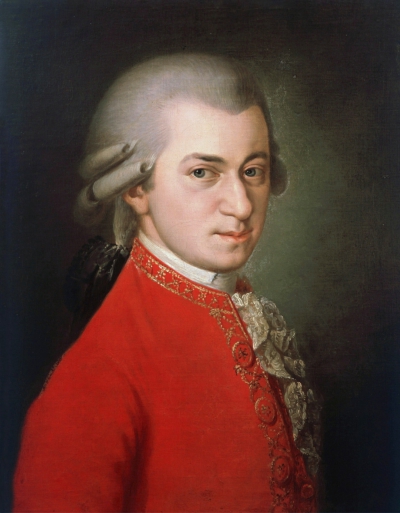
Eine kleine Nachtmusik
Eine kleine Nachtmusik, (German: “ A Little Night Music”) by name of Serenade No. 13 in G Major, K 525, serenade for two violins, viola, cello, and double bass by Wolfgang Amadeus Mozart, admired for its lively, joyful quality and its memorable melodies. It is most frequently played by a string orchestra. The piece was completed on August 10, 1787, but was published posthumously. Learn more HERE
ACTIVITY
Wolgang Amadeus Mozart’s Eine kleine Nachtmusik is performed by the strings only. There are no brass or woodwinds. This means only violins, violas, cellos and basses play. This is also the instrumentation used for the character Peter, in Peter and the Wolf. Consider comparing/contrasting the Mozart string orchestra sound with the Tchaikovsky sound. How is the sound the same? How is it different?
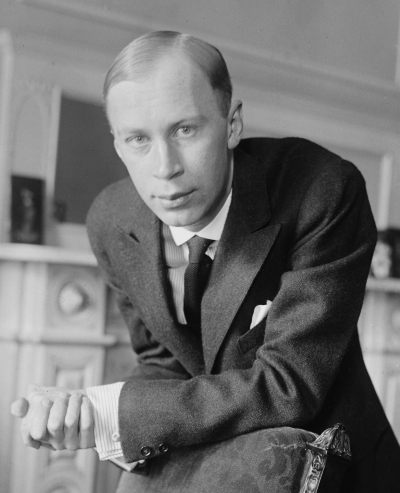
Peter & The Wolf
Peter and The Wolf is a musical composition written by Sergei Prokofiev in 1936. Prokofiev was commissioned by Natalya Sats, the director of the Central Children’s Theatre in Moscow to write a piece for children. In the piece, the narrator tells the story of Peter, a young boy who captures a wolf. It is Prokofiev’s most frequently performed work and one of the most frequently performed works of classical music. Learn more HERE
ACTIVITIES
To teachers: There are MANY excellent lesson plans available online for Tchaikovsky’s Peter and The Wolf. The most thorough and most clear lesson plans we discovered were from Cari Dinglasan and the Negaunee Music Institute at the Chicago Symphony Orchestra: https://cso.org/globalassets/institute/lesson-plans/peter-and-the-wolf-lesson-plan.pdf. Another excellent two week lesson plan and activities can be found by Carrie Clark Davis, Lauren Stillwell, and Jennifer Knappe entitle Peter Presents It All. Below are easy supplemental activities and ideas for you to consider as well.
Supplemental Activity for Grades K-3
Objective
Students will be introduced to the concept of using instruments to represent animals and their actions by listening to the music of Tchaikovsky’s Peter and the Wolf and creating their own representations with rhythm instruments and movement.
It is suggested to complete this activity in three different sessions, the second session involving the performance by Symphoria.
Materials
•Rhythm instruments (shakers, maracas, rain sticks, tambourines, wood blocks finger cymbals, bells, etc.)
•A storybook of Peter and the Wolf (your own, or use the following online version: https://ark.ie/content/files/the-story-of-peter-and-the-wolf.pdf)
•A free Spotify Account
Session One:
- Read the story Peter and the Wolf to the students (without music)
- Talk about each of the characters in the story (listed below) and how they might move and what they might sound like in music. Fast? Slow? Happy? Sad? Loud? Soft? High sounds? Low sounds? Scary? etc.
Characters: Peter, Grandfather, the bird, the duck, the cat, the wolf, & the hunters.
Session Two: (Day of the concert)
Before the concert:
- Review the characters and how they might move and sound.
- Talk about how each character will be represented by a particular instrument and melody.
- Listen/watch Symphoria perform Peter and the Wolf. Ask the students if the characters sounded like they thought they would and why.
Session Three:
- Form groups of students to represent each character. Have the groups choose rhythm instruments to represent their character. Some students in the group may choose to act out the character as the rest of the group accompanies them on the instruments. Have the groups practice their sounds/movements.
- Read/listen/watch the story again, but this time pause each time a character is mentioned, stop the story and have the designated groups of students ”perform” their character.
Supplemental Activity to consider: Read another book that has at least 5 characters, form groups as above and perform the sounds and movements of the characters. HAVE FUN!
Enhancement Activity for for Peter and the Wolf: grades 3 and up
This activity should be done before experiencing the concert, or the day before.
- Read the story of Peter and the Wolf (without the music) to your students. You can use the version linked below, or any storybook version you may have. https://ark.ie/content/files/the-story-of-peter-and-the-wolf.pdf
- With help from students, write a list of characters in the story on the board. Under each character named, have the students describe how music for each character might sound. Fast? Slow? High pitched? Low Pitched? Loud? Soft? Happy? Sad? Scary? etc.
- Using Spotify (free account is required to listen) play: Peter in the Meadow, and have the students discuss why or why not the music sounds like a young boy walking through the meadow. Tell them that Peter’s theme is played by the String Quartet. Show them a picture of a string quartet using your own images or the one provided in this activity. (SEE PHOTOS OF INSTRUMENTS ABOVE)
- Without telling them that that which theme is being played, play the bird theme: The Bird, and have the students guess which character could be represented by the high fast music. Ask the students what instrument they think is being played. Reveal that the theme is played by the flute and show them the picture and represents the bird.
- Repeat either process for all seven characters revealing the character and the instrument portraying each character.
- Watch/Listen to the Symphoria Concert!
- Discussion questions:
How the music and character themes influenced the story?
Did it help make the characters or story come to life?
Did you enjoy the story more with our without the music?
Did the music match each character? Why, or why not?
Did the music help you imagine what the characters were doing in the story and perhaps what they might look like?
Supplemental idea: Show the students the written musical excerpts provided for each character and have them guess which excerpt goes with each character.

